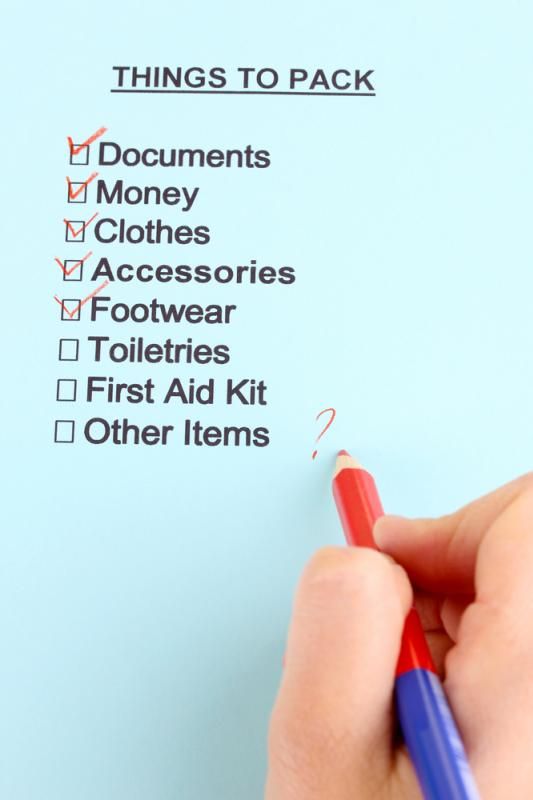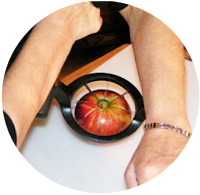Good Morning everyone!
I have came across some very helpful information for those of us who don't have insurance or have insignificant insurance coverage that I myself have been using. In some cases the costs are fully covered and in others a huge portion is covered . These are several programs offered for both prescriptions and medical services.
The first program is needy meds . NeedyMeds is a 501(c)(3) non-profit information resource devoted to helping people in need find assistance programs to help them afford their medications and costs related to health care. NeedyMeds is funded by small grants, donations, sponsorship's subscriptions to PAP Tracker, and syndication of various database information. NeedyMeds also works with the patient assistance programs of several pharmaceutical distributors. I personally used this and do receive some of my meds today. The link is as follows http://www.needymeds.org/ Needy meds will give several options of programs available, so try them all you may not qualify for one but may for another.
I also personally use the following website Rx Outreach. It is a non-profit charitable organization their mission is to provide patients affordable medications that are in financial in need. http://rxoutreach.org/
Save on maybe one of the most exciting new finds for myself. It is a new website to save on medical procedures here is how it works.
Find great deals on medical services, manage the process online. How it works is sign on the site, type in your zip-code and the service you need to have done MRI, CAT Scan etc... push enter and wow I promised you will be shocked. Just last week my doctor told me I needed a MRI of the brain, he wrote the script and had me call to make the appointment. The woman on the other end of the phone told me the cost would be 2200 dollars. She then ask how would you like to pay. insurance ,which I don't have, all at once which I don't think so or three easy payments easy for whom I ask? After a brief pause the woman said I do have another options I don't usually suggest. Our company participates in a website called save on meds. Simply go on there find your procedure and click on the doctor and the price you feel best about, pay print and call for the appointment. Hmmm I had never heard of such I thing but what the heck. I didn't have a spare 2200.00 dollars so I took her suggestion, and to my surprise I found the procedure I was looking for for 500.00 dollars a huge savings of 1700.00 dollars, the best part at the very same office I had just hung up the phone with. Now I'm paying my information forward to you the link is as follows. http://www.saveonmedical.com/what-is-saveon
It is very difficult to have a chronic illness with constant chronic pain. Finding out the medications we need just to have a quality of life cost so much just adds to the pain and stress. I love finding new ways to help myself and others offset the cost . It a strange way it helps with my morale, I feel like I'm still able to make a big difference in a life of someone who needs it. Please if you know of any programs that help with cost. Please share your story and the information . You never know whose life you maybe saving.
One last thing I would like to offer. Many doctors are no offering programs where you pay monthly or one set price for the year and can visit as much as needed. They offer a wide selection of services such-as as check-ups, stitches, some offer bone density test, blood work ect. It will vary from provider to provider. This may be another helpful alternative to the high cost of the urgent care.






